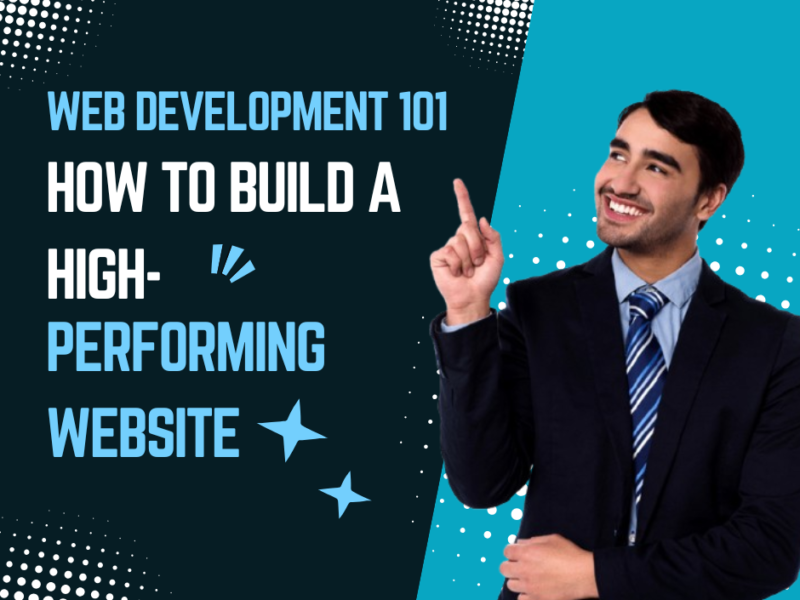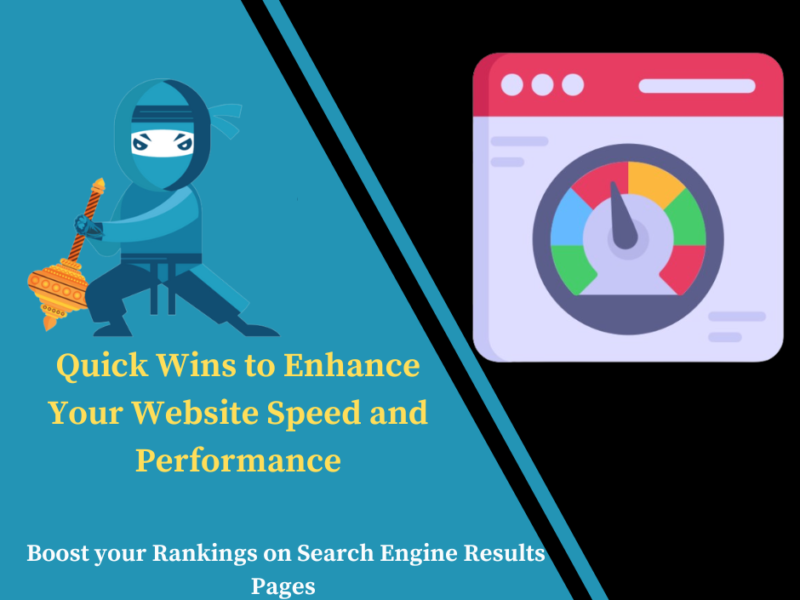
Days
Hours
Minutes
Seconds
Your Deal is Expired
|
|

Edit Content

As a leading online marketing company, always focuses on changing and improving businesses and their outcome.
Where to find us
- SN-3, First floor, ratauli road, near Town park, Bank Colony
- herry@hanuitsolutions.com
- +917082069620
Working Hours
- Mon-Sat : 9:00am - 6:00pm
- Sunday - Closed
Get In Touch
Facebook-square
Instagram
Linkedin
Tag: Website Speed

Web Development 101: How to Build a High-Performing Website
In today’s digital world, having a well-designed...

SEO Tips for Automotive Dealerships to Improve Search Engine Rankings
In today’s digital world, having...

Mobile Optimization: Boost Website Speed for Mobile Users
In today’s fast-paced digital world, mobile...

Quick Wins to Boost Your Website Speed and Performance
In today’s digital age, website speed is not just...

Boost Website Speed for Higher Conversions
In today’s competitive digital landscape, website speed is...
No posts found



